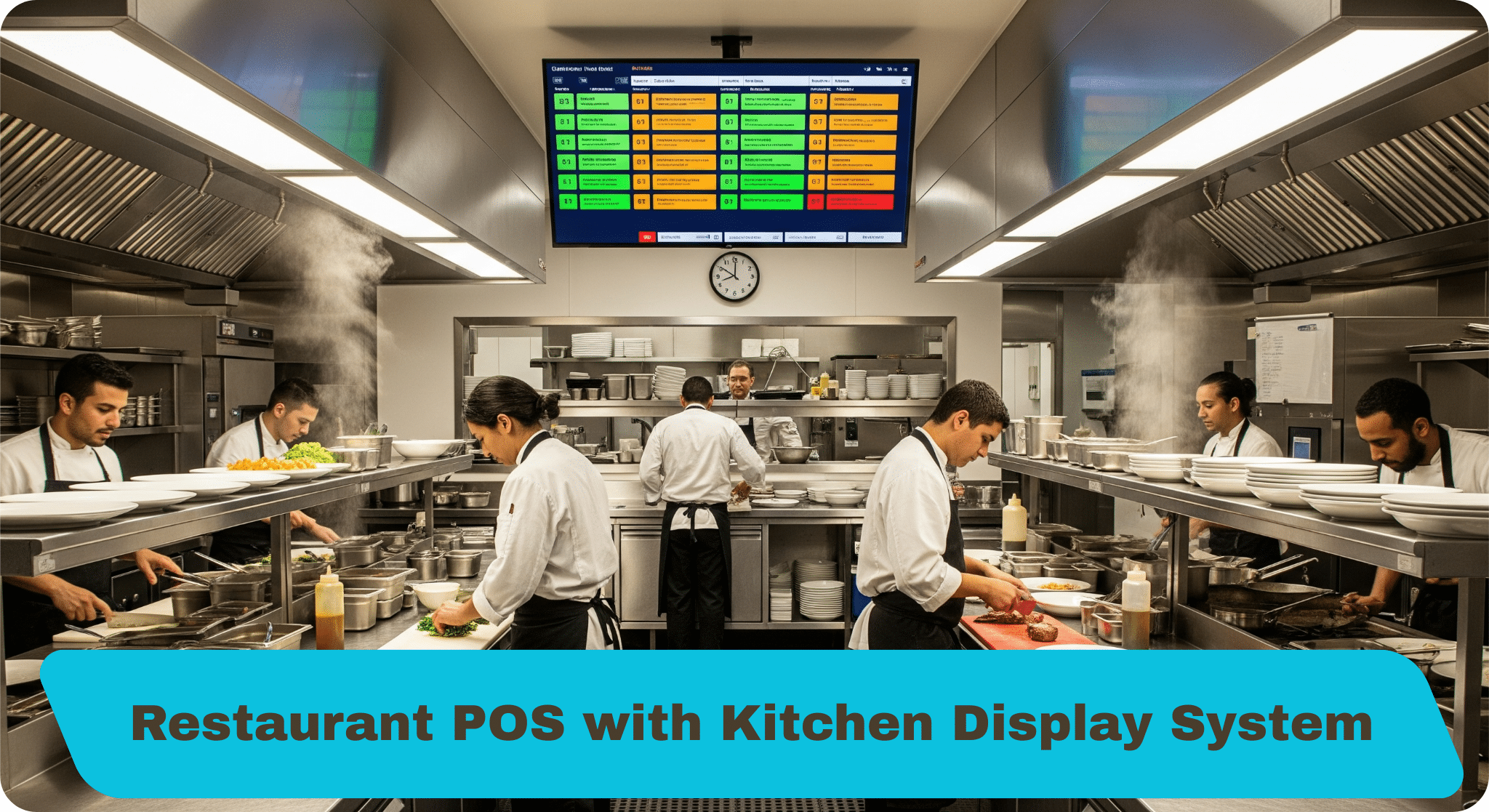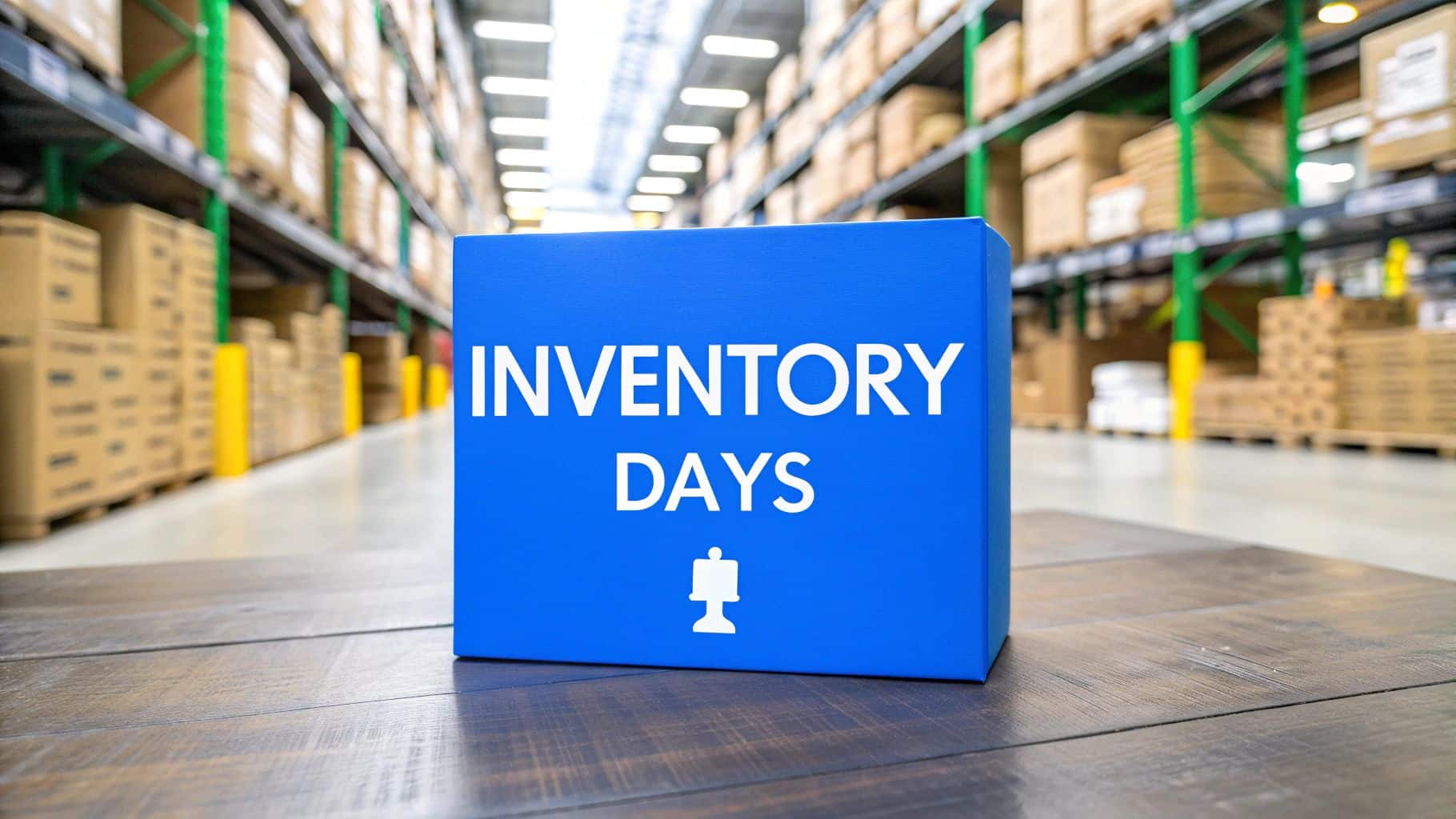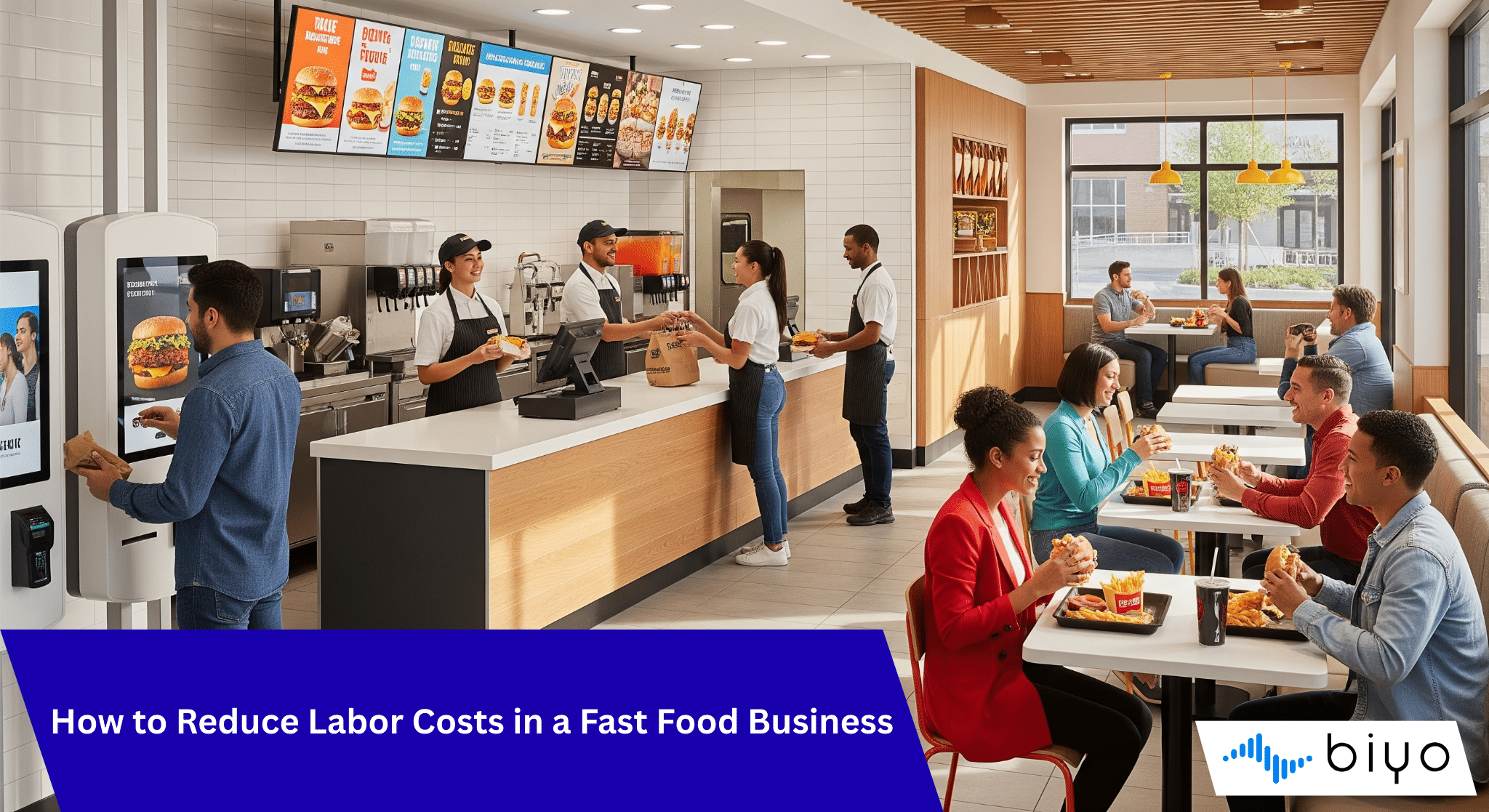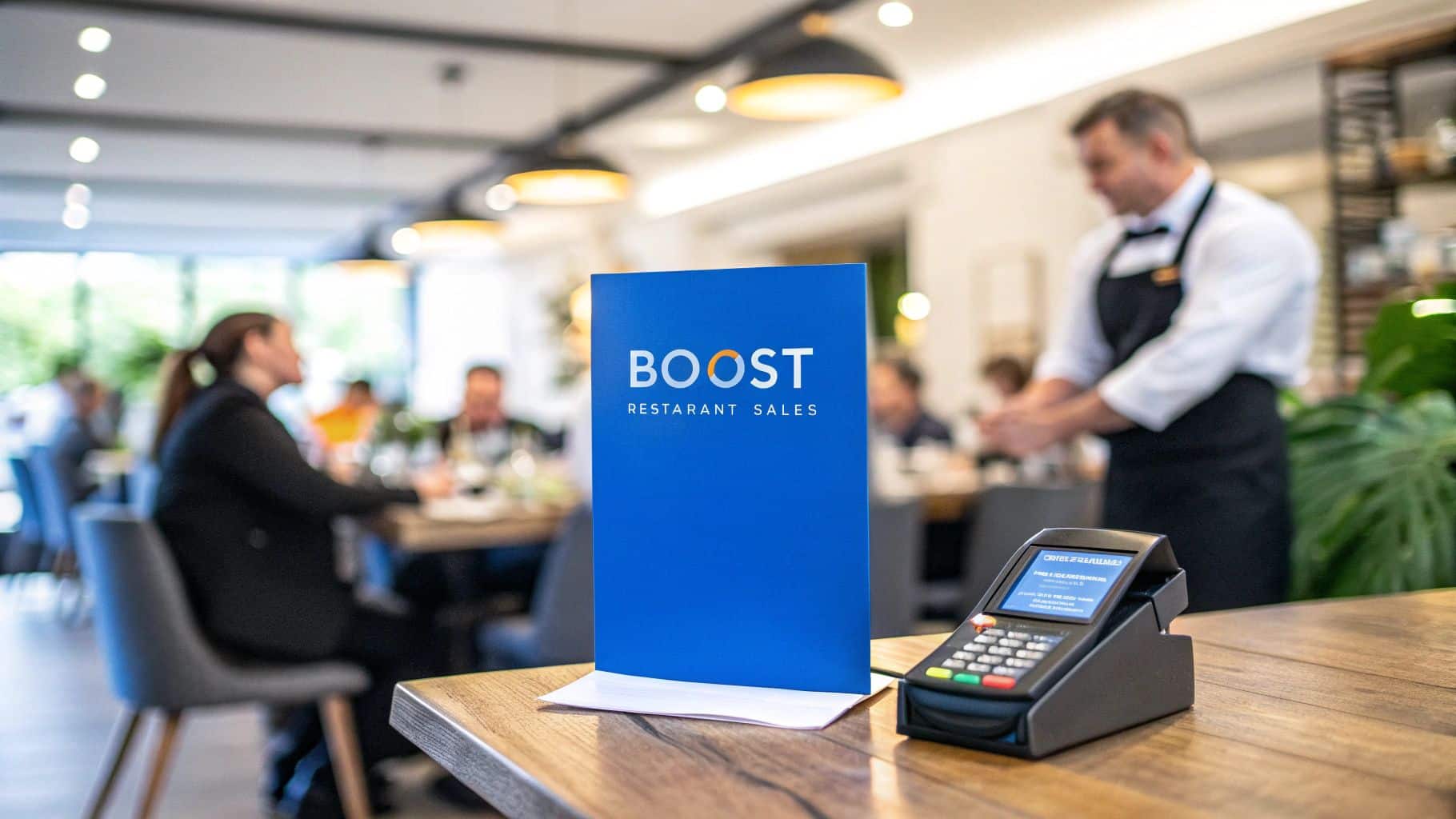Managing a bustling food court requires more than just great food and friendly staff. It demands a robust and flexible point of sale system designed specifically for the fast-paced environment of food courts. The food court POS system streamlines operations by integrating order management, payment processing, inventory tracking, and customer interaction in one seamless platform. This technology empowers food stall owners and quick service restaurants to improve transaction speed, customize menus, and offer digital ordering options—all critical for staying competitive today.
In this comprehensive article, we’ll explore the key features, benefits, and components of food court POS systems. You’ll discover how innovations like kiosk ordering systems, kitchen display screens, and loyalty programs transform everyday operations. Whether you’re a food stall operator or manage multiple terminals, understanding these solutions will help you enhance customer experience and maximize profits.
Table of Contents
- Why Food Court POS Systems Are Essential for Quick Service
- Core Features of an Effective Food Court POS
- Enhancing Customer Experience with Digital Ordering and Loyalty Programs
- Integrating Back-of-House Operations: Kitchen Display and Staff Management
- Choosing the Right Food Court POS for Your Business
- About Biyo POS
- Frequently Asked Questions
Why Food Court POS Systems Are Essential for Quick Service
Food courts are hubs of quick service, where speed and accuracy are paramount. A dedicated food court POS system transforms order processing by automating routine tasks and centralizing control. Unlike generic point of sale terminals, these specialized systems handle high volumes efficiently, reducing wait times and boosting customer satisfaction. The right POS solution supports multi-terminal setups to serve multiple food stalls under one roof, ensuring orders flow smoothly without bottlenecks.
Quick service environments demand seamless integration of various functions. From order placement to payment and kitchen management, every step needs precision. For instance, touch screen interfaces help staff input orders swiftly and reduce errors. Cashless payment options speed up transactions, catering to modern customers’ preferences. Consequently, the food court POS becomes a backbone that holds the fast-moving service together, driving repeat business through reliable performance.
Additionally, a food court POS enhances operational visibility. Real-time analytics provide managers with insights into sales trends, inventory levels, and staff efficiency. By monitoring these metrics, operators can optimize menus, manage stock, and schedule employees effectively. The system’s comprehensive approach ensures that food courts can maintain high throughput without sacrificing quality or service standards.
Order Management Efficiency
Order management in food courts can be chaotic without a centralized system. A food court POS simplifies this by offering real-time tracking and order status updates. Staff members can instantly see new orders, customize them, and send them directly to the kitchen. This synchronization eliminates miscommunication and speeds up service, critical during peak hours.
Moreover, some POS solutions incorporate kiosk systems, allowing customers to place orders themselves. This reduces lines at the counter and frees staff to focus on food preparation and customer service. Self-service kiosks also minimize errors since customers directly enter their preferences, improving order accuracy.
Integrating order management with payment processing means transactions complete quickly and smoothly. Whether customers pay by cash, card, or digital wallets, the POS system records every sale accurately. This tight integration streamlines workflow and enables faster table turnover, increasing daily revenue potential.
Speed and Accuracy in Payment Processing
Payment processing is the heartbeat of any food court operation. A food court POS system equipped with modern payment terminals supports various cashless payment methods, including contactless cards, mobile wallets, and QR code payments. This versatility appeals to diverse customers and accelerates transaction speed.
The integration of receipt printing and customer displays ensures transparency. Customers see their orders and totals in real-time, reducing disputes. Meanwhile, staff can quickly print receipts or digital invoices, improving accountability and record-keeping.
Furthermore, multi-terminal support allows simultaneous payment handling at different stalls, preventing bottlenecks. By automating sales reporting and cash management, the POS system also helps owners maintain financial accuracy without manual calculations or paperwork.
Inventory Tracking for Food Stall POS
Inventory tracking plays a crucial role in food court profitability. A dedicated food court POS includes barcode scanning and stock monitoring features that keep tabs on ingredient usage and product availability. This helps stall owners avoid running out of key items during busy times or overstocking perishables that waste resources.
Real-time inventory updates occur as orders are placed, allowing managers to reorder supplies proactively. This proactive approach prevents delays and ensures consistent menu availability. By linking inventory data to sales reporting, operators gain a clear picture of high-demand items and seasonal trends.
Accurate inventory tracking also facilitates cost control. By identifying waste or theft, the POS system helps protect profit margins. Ultimately, this capability empowers food court vendors to maintain smooth operations and maximize return on investment.

Core Features of an Effective Food Court POS
A top-tier food court POS system combines essential hardware and software features tailored to the unique demands of quick service environments. Understanding these components helps businesses choose solutions that enhance efficiency and customer satisfaction.
The core features include intuitive touch screen interfaces, multi-terminal capability, customizable menus, and integrated sales reporting. Each element contributes to a comprehensive ecosystem that drives productivity and agility in food courts.
Touch Screen Interface and Menu Customization
The touch screen interface is the primary interaction point for food court staff. It offers a user-friendly, fast way to input orders, modify items, and apply discounts. Touch screens reduce training time and errors, especially for new employees.
Menu customization is vital for food stalls offering varied options. The POS system allows operators to update menus instantly, add new items, or remove unavailable ones. This flexibility helps stalls adapt to changing customer preferences and seasonal ingredients.
Furthermore, the interface supports modifiers, such as portion size or extra toppings, which enhance order accuracy. Staff can swiftly process special requests, improving customer satisfaction and reducing food waste.
Multi-Terminal Setup and Staff Management
Food courts often have several vendors operating simultaneously, which demands a POS that supports multiple terminals. This capability allows independent stalls to use the same centralized system while maintaining their unique menus and sales data.
Staff management features within the POS help supervisors schedule shifts, track work hours, and control access permissions. This ensures accountability and efficient labor deployment during peak and off-peak times.
By integrating staff management with sales data, businesses can evaluate employee performance based on transaction speed and customer feedback. This information aids in optimizing workforce productivity and training efforts.
Sales Reporting and Real-Time Analytics
Accurate sales reporting is essential for strategic decision-making. A food court POS consolidates sales data from all terminals into detailed reports, enabling operators to monitor daily revenue, peak sales hours, and product popularity.
Real-time analytics provide immediate insights, helping managers respond quickly to changing conditions. For example, if a particular menu item is selling faster than expected, the system can alert staff to prepare more or adjust inventory accordingly.
This dynamic data empowers food court owners to optimize pricing, promotions, and menu offerings to boost profitability. Detailed reporting also simplifies accounting and tax filing by maintaining precise transaction records.
Enhancing Customer Experience with Digital Ordering and Loyalty Programs
Modern customers expect convenience and personalization. Food court POS systems that integrate digital ordering and loyalty programs elevate the customer experience while driving repeat business and higher sales.
Digital ordering reduces wait times and gives customers control over their purchases. Loyalty programs reward frequent buyers and build lasting relationships. Together, these features help food courts thrive in competitive markets.
Kiosk Ordering System and Customer Display
Kiosk ordering systems enable customers to browse menus and place orders without waiting in line. These self-service stations are particularly useful in busy food courts, where long queues can deter patrons.
Interactive kiosks often include customer displays that show order details and prices, enhancing transparency. Customers appreciate the ability to review their selections before finalizing payment, which reduces errors and dissatisfaction.
Moreover, kiosks free staff from taking orders, allowing them to focus on food preparation and customer service. This balanced workflow leads to faster transaction speeds and happier customers.
Cashless Payment and Transaction Speed
Cashless payment methods, such as mobile wallets and contactless cards, have become standard expectations. Food court POS systems supporting these options speed up checkout processes and improve hygiene by reducing physical cash handling.
Faster transactions mean shorter lines and higher throughput, which benefits both customers and vendors. Customers enjoy convenience, while operators maximize daily sales volume.
Integrating cashless payment also simplifies reconciliation by automatically logging all transactions within the POS system. This reduces manual errors and improves financial transparency.
Loyalty Programs and Customer Retention
Customer loyalty programs integrated with the POS system incentivize repeat visits by offering rewards, discounts, or exclusive offers. These programs collect valuable data about buying habits and preferences, allowing personalized marketing.
Food court operators can tailor promotions to frequent customers, increasing engagement and lifetime value. Loyalty features also encourage upselling and cross-selling by highlighting relevant deals at the point of sale.
In competitive food courts, well-designed loyalty programs can differentiate your business, turning casual visitors into regular patrons who promote your brand through word-of-mouth.
Integrating Back-of-House Operations: Kitchen Display and Staff Management
Behind every efficient food court operation lies a well-coordinated back-of-house system. Integrating kitchen display systems and staff management with the food court POS enhances communication and speeds up food preparation.
This synchronization reduces errors, improves order accuracy, and ensures timely delivery. A smooth back-end workflow is as important as front-end customer service for overall success.
Kitchen Display System for Order Coordination
The kitchen display system (KDS) replaces traditional paper tickets with digital screens that show incoming orders in real time. This eliminates lost or illegible tickets, reducing mistakes and waste.
Chefs and kitchen staff can prioritize orders based on prep time or order type, improving efficiency. The KDS often integrates with order management and payment processing to update order status automatically.
This transparency keeps the entire team aligned and speeds up meal preparation, ensuring customers receive their food promptly without confusion or delay.
Staff Management and Shift Scheduling
Effective staff management is crucial in a fast-paced food court environment. POS systems with built-in scheduling tools help managers assign shifts based on demand forecasts, minimizing understaffing or overstaffing.
Tracking hours worked and attendance within the POS simplifies payroll processing and ensures compliance with labor laws. Access controls restrict system functions to authorized employees, protecting sensitive sales and inventory data.
These features improve accountability and workforce morale by reducing scheduling conflicts and providing clear expectations.
Barcode Scanning and Inventory Control
Barcode scanning streamlines inventory control by quickly updating stock levels as ingredients or products are used. Staff can scan items during receiving, sales, or waste disposal, maintaining accurate inventory records.
Linking barcode data to sales reporting identifies fast-moving products and highlights discrepancies caused by spoilage or theft. This insight enables timely restocking and cost control.
Ultimately, barcode scanning integration with the POS system fosters a transparent supply chain, enhancing overall operational efficiency.
Choosing the Right Food Court POS for Your Business
Selecting the ideal food court POS depends on your specific needs, size, and growth plans. Consider factors such as ease of use, hardware compatibility, software features, and scalability.
Understanding your operational priorities will help you identify solutions that improve order management, payment processing, and back-of-house integration without unnecessary complexity.
Evaluating Software Features and Integration
Look for a POS system offering comprehensive features like real-time analytics, menu customization, and multi-terminal support. Compatibility with kiosk ordering systems and loyalty programs adds value by enhancing customer engagement.
Integration with kitchen display systems and staff management tools ensures smooth workflow across departments. Also, ensure the POS can handle cashless payment methods and receipt printing for transparency and convenience.
Software should be user-friendly, minimizing training time while offering robust reporting capabilities to support strategic decisions.
Hardware Compatibility and Scalability
The right hardware complements your POS software. Touch screen terminals, barcode scanners, receipt printers, and payment terminals must work seamlessly together. Choosing hardware that supports multi-terminal setups is crucial for larger food courts with multiple vendors.
Consider future growth by selecting scalable systems that allow easy addition of terminals or features. Cloud-based POS solutions offer flexibility and remote management, ideal for multi-location operations.
Durability and ease of maintenance are also important, given the high traffic and fast pace of food court environments.
Customer Support and Vendor Reputation
Reliable customer support can make or break your POS experience. Choose vendors known for prompt assistance, training resources, and software updates. This support ensures your system remains operational and secure.
Vendor reputation is a good indicator of product quality and service reliability. Look for user reviews, case studies, or industry certifications to assess the vendor’s standing.
Ultimately, a trusted partner like Biyo POS helps you navigate challenges and maximizes your investment in the food court POS system.

About Biyo POS
Biyo POS offers a comprehensive food court POS system designed to meet the unique needs of quick service operators. Featuring intuitive touch screens, multi-terminal support, and robust inventory tracking, Biyo POS ensures smooth order management and payment processing. Its integrated kiosk ordering system and customer display enhance the dining experience, while loyalty programs drive repeat business. With real-time analytics and kitchen display integration, Biyo POS empowers food courts to optimize operations and increase profitability. Whether you run a single food stall or a multi-vendor complex, Biyo POS provides the scalable, reliable technology you need.
Frequently Asked Questions
What is a food court POS system?
A food court POS system is a specialized point of sale platform designed to handle the fast-paced operations of food courts. It integrates order management, payment processing, inventory tracking, and customer engagement tools to streamline service and improve efficiency.
How does a kiosk ordering system benefit food courts?
Kiosk ordering systems allow customers to place their orders independently, reducing wait times and minimizing errors. This self-service option frees up staff to focus on food preparation and improves overall transaction speed.
Can a food court POS handle multiple terminals?
Yes, most modern food court POS systems support multi-terminal setups, enabling several food stalls to operate under one unified system while maintaining separate sales data and menus.
What payment methods are supported by food court POS systems?
These systems typically support a range of payment options including cash, credit/debit cards, contactless payments, mobile wallets, and QR code payments, catering to diverse customer preferences.
How does inventory tracking improve food court operations?
Inventory tracking monitors stock levels in real time, helping prevent shortages and overstocking. It also aids in cost control by reducing waste and identifying discrepancies, ensuring smooth menu availability.




